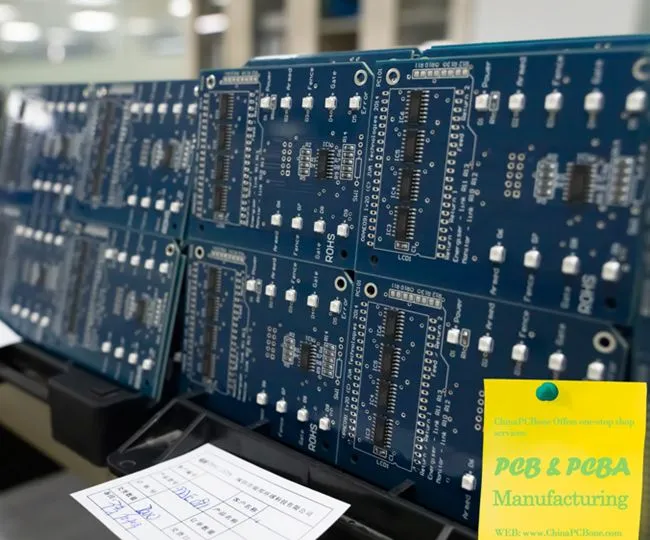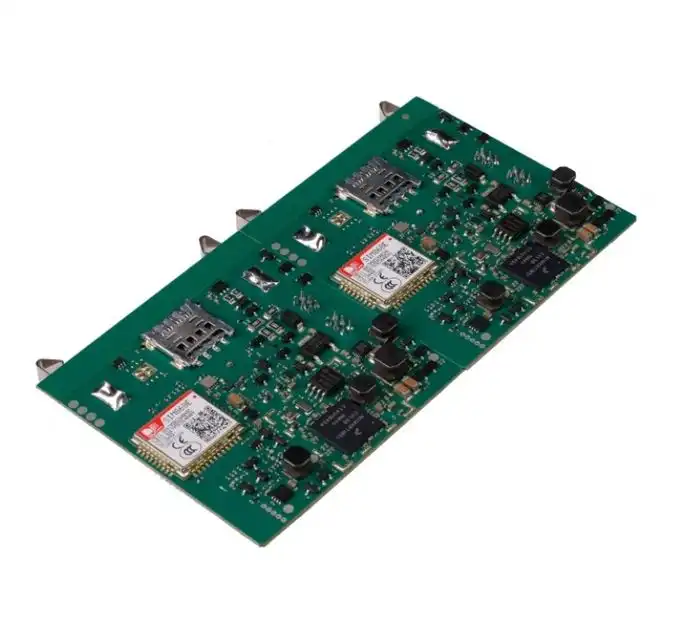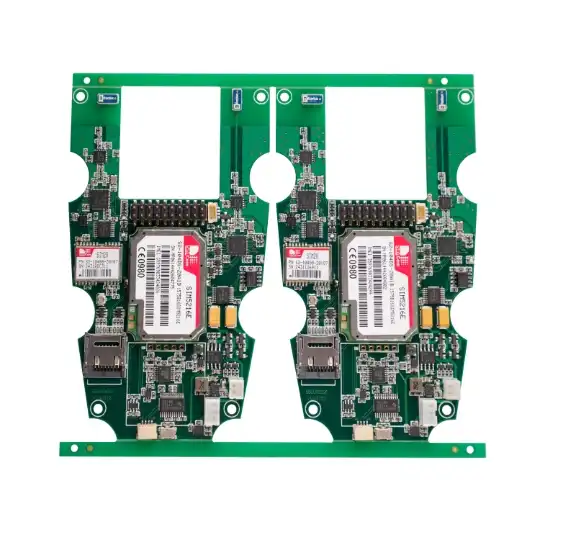What Affects the Cost of PCB Prototyping?
The cost of PCB prototyping is influenced by several key factors, including board complexity, material selection, quantity, turnaround time, and manufacturing processes. Each of these elements plays a significant role in determining the final price of your prototype. Understanding these factors can help you make informed decisions and potentially reduce costs without compromising quality.

Board Complexity and Design Specifications
The complexity of your PCB design is a major determinant in prototyping costs. More intricate designs with multiple layers, high component density, and advanced features like blind and buried vias typically incur higher expenses. The number of layers in your PCB directly impacts the cost, as each additional layer requires more materials and manufacturing steps.
Design specifications such as trace width and spacing, hole sizes, and copper weight also affect the pricing. Tighter tolerances and more demanding specifications often necessitate advanced manufacturing techniques, which can increase costs. For instance, designs requiring fine pitch components or ultra-thin traces may require more sophisticated equipment and processes.
Impact of Board Size and Shape
The physical dimensions of your PCB prototyping play a significant role in cost determination. Larger boards naturally require more raw materials and take up more space on production panels, leading to higher costs. Non-standard shapes or sizes may also incur additional charges due to the need for custom tooling or inefficient panel utilization.
Component Density and Placement
The number and type of components on your board affect both material and labor costs. High-density designs with numerous components require more time for placement and soldering, potentially increasing production costs. Additionally, designs that require special components or those with limited availability may impact the overall expense of your prototype.
Material Selection and Quality Considerations
The choice of substrate material significantly influences PCB prototyping costs. Standard FR-4 is often the most economical option, but specialized materials like high-frequency laminates or flex circuits can substantially increase expenses. The quality and grade of the chosen material also play a role, with higher-grade materials offering better performance but at a higher cost.
Copper thickness is another material-related factor affecting costs. Thicker copper layers are more expensive but may be necessary for high-power applications or to meet specific design requirements. The choice of solder mask and silkscreen colors can also impact pricing, with non-standard colors often being more costly.
Special Material Requirements
Certain applications may require specialized materials to meet performance or regulatory standards. For example, aerospace or medical device PCBs might need materials with specific thermal or electrical properties, which can significantly increase costs. Similarly, designs requiring high-temperature resistance or enhanced durability may necessitate more expensive substrate materials.
Finish Options and Their Impact
The surface finish of your PCB prototyping affects both its cost and performance. Common finishes like HASL (Hot Air Solder Leveling) are typically more affordable, while options like ENIG (Electroless Nickel Immersion Gold) or hard gold plating offer better performance but at a higher price point. The choice of finish should balance cost considerations with the specific requirements of your application.
Production Volume and Turnaround Time
The quantity of PCB prototypes ordered has a significant impact on per-unit costs. Larger orders typically benefit from economies of scale, reducing the cost per board. However, for prototyping, smaller quantities are often required, which can lead to higher per-unit prices. It's essential to balance the need for multiple iterations with cost considerations when determining order quantity.
Turnaround time is another critical factor affecting PCB prototyping costs. Rush orders or expedited production usually incur premium charges due to the need to prioritize your order over others and potentially utilize overtime labor. Planning ahead and allowing for standard lead times can help keep costs down, but this must be balanced against project timelines and market pressures.
Batch Size Optimization
Finding the optimal batch size for your PCB prototyping order can help minimize costs. While larger quantities generally reduce per-unit costs, they also increase the total investment and potential waste if design changes are needed. Working with your PCB manufacturer to determine the most cost-effective batch size for your specific project can lead to significant savings.
Lead Time Considerations
The relationship between lead time and cost is not always linear. Very short lead times can dramatically increase costs, while extremely long lead times may not offer proportional savings. Understanding your project's timeline and balancing it against cost considerations is crucial. Some manufacturers offer tiered pricing based on lead time, allowing you to choose the best balance for your needs.
Conclusion
PCB prototyping costs are influenced by a complex interplay of factors, including board complexity, material selection, production volume, and turnaround time. By understanding these elements, you can make informed decisions to optimize your prototyping process and manage costs effectively. Working closely with an experienced PCB manufacturer like Ring PCB can provide valuable insights and help you navigate these considerations to achieve the best balance of cost, quality, and performance for your specific project needs.
FAQ
Q: How can I reduce the cost of PCB prototyping?
A: To reduce costs, consider simplifying your design, using standard materials, optimizing board size, and allowing for longer lead times. Consult with your PCB manufacturer for cost-saving suggestions.
Q: Does the number of layers significantly affect PCB prototyping cost?
A: Yes, the number of layers is a major cost factor. More layers require additional materials and manufacturing steps, increasing overall costs.
Q: How does ordering quantity affect PCB prototype pricing?
A: Generally, larger quantities reduce per-unit costs due to economies of scale. However, for prototyping, smaller quantities are often necessary, which can result in higher per-unit prices.
Expert PCB Prototyping Services | Ring PCB
Ring PCB offers advanced PCB prototyping services tailored to meet diverse industry needs. Our state-of-the-art manufacturing facility, equipped with LDI laser exposure and flying probe testers, ensures high-quality prototypes adhering to IPC-6012 Class 3 standards. We specialize in high-density stack-ups with up to 48 layers, ideal for cutting-edge applications in 5G, medical devices, and automotive electronics. Our integrated PCBA services and rigorous quality control processes guarantee reliable, cost-effective solutions. For expert PCB prototyping, contact Ring PCB at [email protected].
References
1. Johnson, A. (2022). "Advanced PCB Prototyping Techniques for Cost Optimization." Journal of Electronic Manufacturing, 15(3), 78-92.
2. Smith, R. et al. (2021). "Material Selection Impact on PCB Prototype Costs." IEEE Transactions on Electronics Packaging Manufacturing, 44(2), 210-225.
3. Chang, L. (2023). "Balancing Complexity and Cost in Modern PCB Prototyping." International Journal of Circuit Theory and Applications, 51(4), 623-640.
4. Wilson, K. and Brown, M. (2022). "Time-to-Market vs. Cost: Strategies for Efficient PCB Prototyping." Electronics Design & Technology, 29(1), 45-58.
5. Patel, S. (2023). "Emerging Technologies in PCB Prototyping: Cost Implications and Future Trends." Advances in Electronics Manufacturing, 7(2), 112-128.

Welcome to Ring PCB! Share your inquiry, and receive a tailored quotation!

Ring PCB, your trusted partner for PCB & PCBA Full Turnkey Solutions



